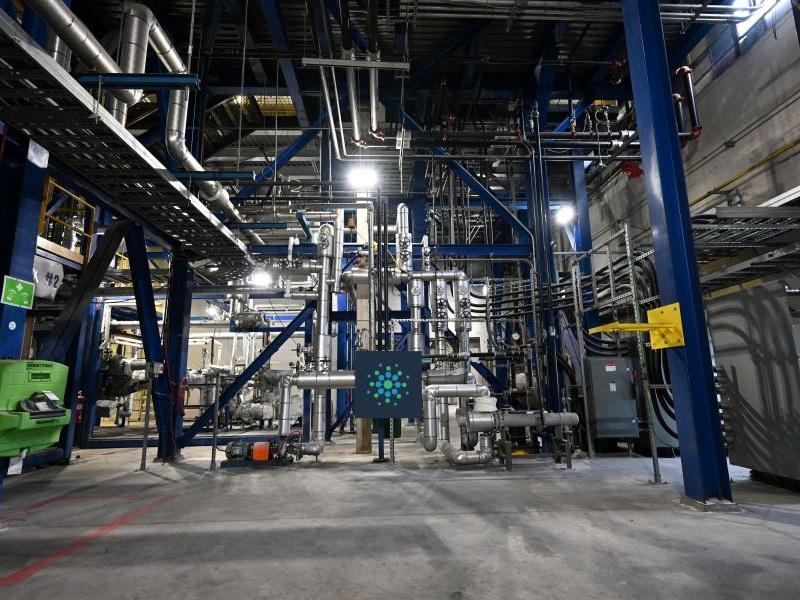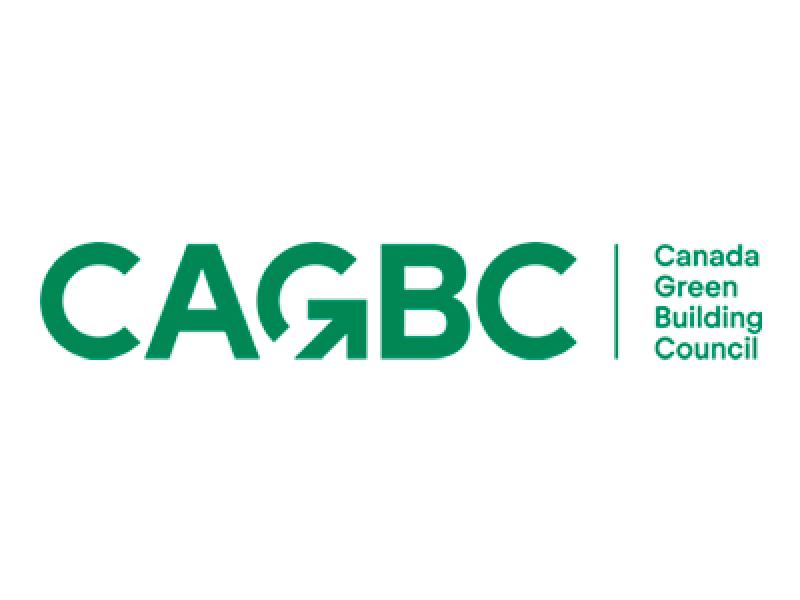
Gensler, one of the world’s largest architectural and design firms, hopes its product sustainability standards will reverberate across the industry, encouraging its peers to adopt more climate-friendly building materials.
The company's Gensler Product Sustainability (GPS) Standards will cover 12 of the most commonly used building products by volume, including carpet tiles, gypsum boards and decorative glass starting January 2024 in Canada, the U.S., and Europe.
Products must meet Gensler’s requirements in five categories:
- life-cycle impacts;
- organizational commitments;
- indoor air impacts;
- multi-attribute certifications; and
- material health and transparency.
“The reason we made GPS was as a mechanism to be really transparent and open about our own targets,” Philip Galway-Witham, Gensler’s Northeast regional resilience and sustainability leader, said in an interview with Sustainable Biz Canada.
“We wanted to make sure that we set clear and actionable targets for the construction industry, because our partners and suppliers for these materials and beyond need to be part of the solution.”
Gensler, headquartered in San Francisco with a Toronto office, has set a net-zero carbon portfolio target of 2030. Some of its notable projects include 1 St. Clair West and the CIBC SQUARE in Toronto, the Harvey Milk Terminal in San Francisco International Airport and Shanghai Tower.
In its newly-released 2024 Design Forecast, Gensler also sees sustainability as a mandatory element in the buildings of tomorrow that will increasingly affect building design.
The GPS Standards
The GPS Standards, Galway-Witham explained, borrow from market standards such as LEED and BREEAM to push Gensler and the industry to improve the performance of building materials.
For example, it sets standards on embodied carbon in the 12 affected products meaning they must have a longer life span and thus, a smaller carbon footprint.
Carpet tiles, for example, must be at or under 10.9 kilograms of carbon dioxide equivalent per metre squared for the U.S. and Canada. Certain manufacturers are asked to have a sustainable action plan or provide a take-back program so the product will have a fate other than ending up in a landfill.
The standard will be made publicly available on a website for both Gensler’s suppliers and the industry as a whole.
“I think given the scale of Gensler and the millions of square feet of projects that we touch globally every year, what we’re doing is leveraging our scale and impact on the industry worldwide to help move the suppliers to perform better,” Galway-Witham said.
Gensler hopes to move “the industry as a whole” by setting clear targets, Galway-Witham said, so the impact spirals out into a feedback loop. The architectural firm wants to encourage manufacturers with the standard’s transparency, rather than name and shame them, he added.
Following the launch of the GPS Standards, Gensler's Toronto team will review the interior finishes in its projects to ensure compatibility.
As it is only on the first version, Galway-Witham said GPS Standards will continue to improve over time and become more ambitious.
Sustainability as a non-negotiable
In its expectations for the trends that will shape building design in 2024, Gensler says sustainable design will be “non-negotiable.”
More of Gensler’s clients care about sustainability, according to Galway-Witham, and none are scaling back on sustainability. The firm is also considering stricter rules on operational carbon set by cities.
“As intense weather and climate change assail the built environment, sustainable design shifts from an option to an obligation,” the 2024 Design Forecast states.
Greater attention will be put on higher standards for products and materials, the adaptive reuse of existing buildings, net-zero energy strategies and regenerative design principles, according to the report.
Galway-Witham said sustainable design will move away from looking at primarily energy efficiency and into resiliency against extreme flooding, high winds and forest fires. The poorer air quality from intense forest fires, for example, would require better air filtration in buildings to create healthier spaces.
“A lot of the paradigms of Canadian design are going to be shifting in response to a changing climate.”










